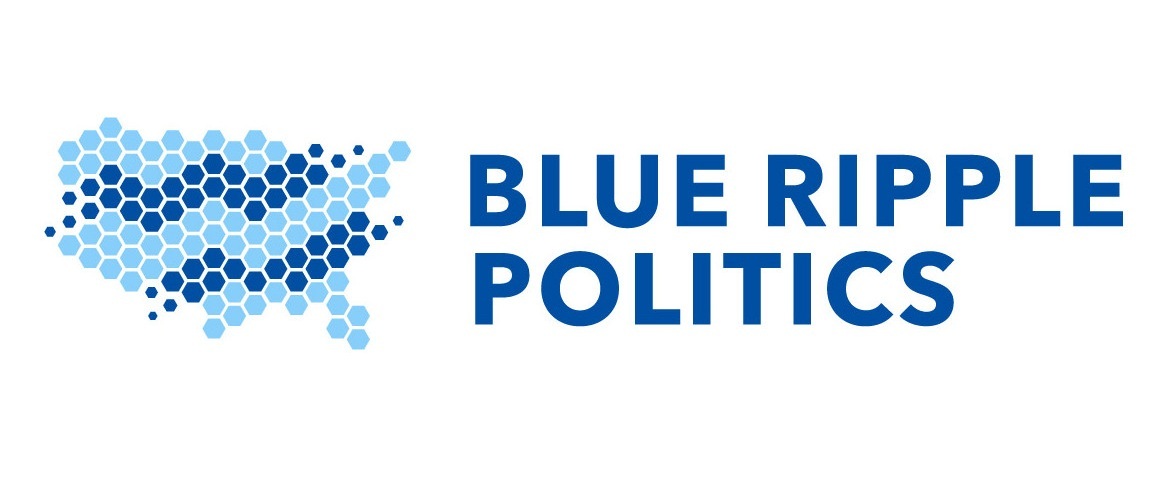Like many Dem election-watchers, we were pretty happy with the results in 2018 — and would love to repeat them. But how can we drive a second “Blue Wave” in 2020? In our new research post, now on Github, we wade into the “preference vs. turnout” debate:
Swirling around many analyses and think-pieces about elections is a central question: do Democrats/Republicans win elections by getting the people who agree with them to vote (turnout) or by convincing people who disagree with them to change their minds (preference)? Campaigns try to do both, of course, but is one more important in a given race?
If you read our prior post on GitHub, you know that we’ve built a computational model to calculate (infer) different demographic groups’ preferences from known data. In this new analysis, we look at how each group changed from prior years to 2018 in terms of underlying demographics, turnout, and preference. The bottom line is that we don’t see big shifts in the number of voters from particular subgroups — for example, young voters with college degrees — in terms of their population numbers or how many showed up to the polls. Instead, we see big changes in the fraction of these groups that voted for Dems:
There’s lots more in the full post — click here to read the whole thing. And for our fellow “data geeks,”, click here for more technical details about our model, and also check out our Github page.
Want to read more from Blue Ripple? Visit our website, sign up for email updates, and follow us on Twitter and Facebook. Folks interested in our data and modeling efforts should also check out our Github page.


